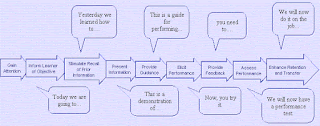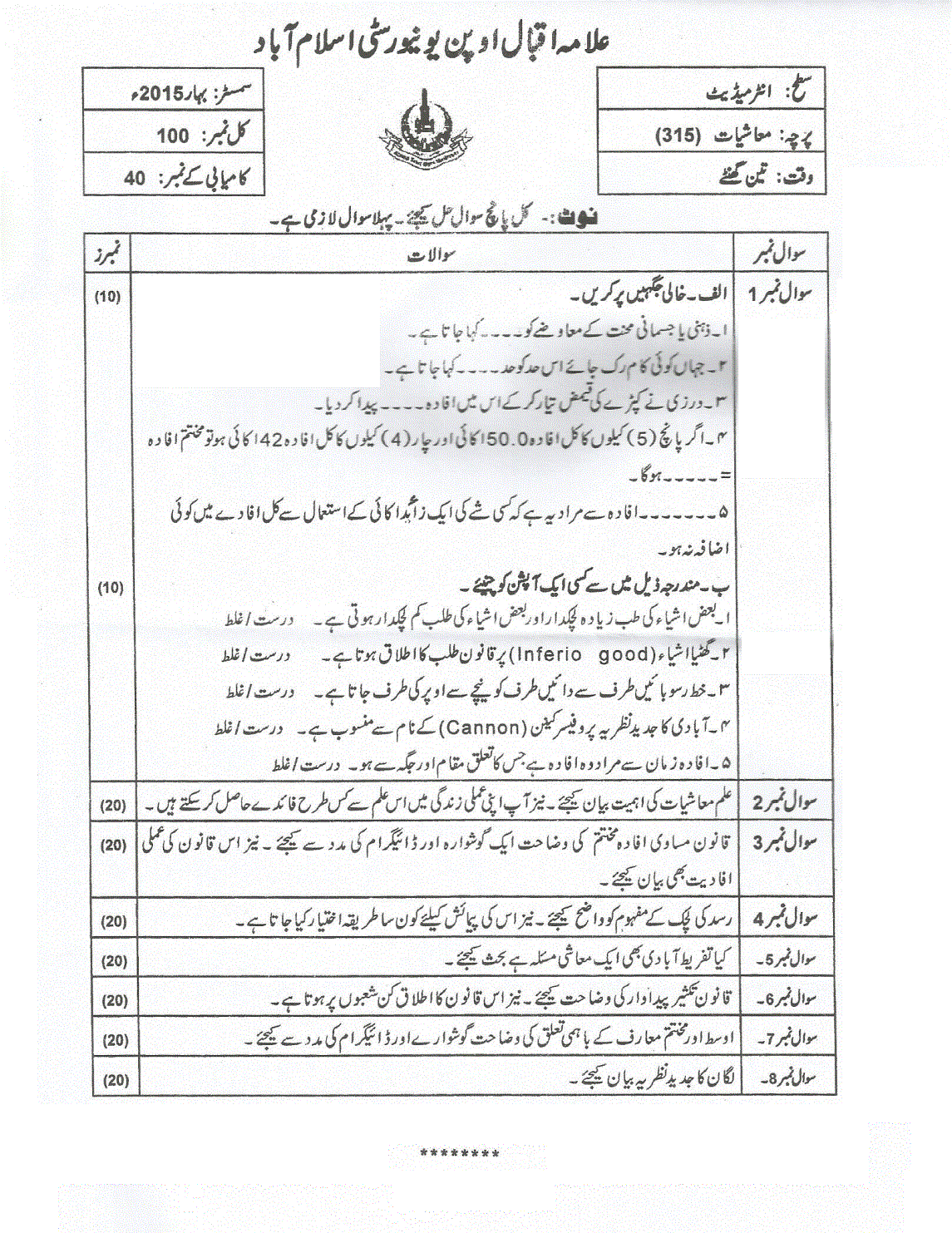Wind energy in Pakistan
On 2-11-10 talking to the media Federal Minister for information Qamar Zaman Qira told the news men that there are 23 interested in producing electricity from wind. He further said that the government has given them land for that purpose too. I don’t know when the tender was issued, when the land was issued and what is the rate per unit of electricity finalized I will do some search for it later but now I want to discuss the procedure of electricity made by wind. It is a kind of energy which is called renewable energy.
Energy is the building block of our universe. We use energy for different activities in our daily life e.g. for lighting and warming our homes. Energy provides us heat and electricity. We use energy for cooking food and watching television. Energy is necessary in order to power vehicles for our transport and for the machinery in factories.
But all the energy types, we use, have its base in natural resources. We also use these resources directly e.g. during the day time we use solar energy for light and warming. We also use it for drying our clothes. Sunlight is also important for the growth of plants and animals.
Energy can be defined as,
“Energy is the capacity of a physical system to perform work.” [http://physics.about.com/od/glossary/g/energy.htm]
When we eat our body converts the energy stored in the food to do useful work.
Planes, cars, different types of machinery and even an electric bulb convert energy into useful work.
But from where this energy comes?
Some basic sources of energy also called the primary sources are given below;
· Sun————Solar energy
· Water———Hydropower and tidal energy
· Wind———Wind energy
· Earth———Geo-thermal energy
· Biomass——Energy from plants
There are other sources called secondary sources of energy that are derived from these basic sources. Some of these are as below;
· Electrical energy
· Nuclear energy
· Petroleum
These energy sources fall into two categories:
Renewable sources:
These sources are infinite energy sources that replenish themselves and hence can be used again and again. Examples of renewable energy sources are Sun, Wind, Water and Geothermal energy source i-e Earth.
Non-renewable sources:
These energy sources are finite and can not be reused, as they can not be replenished. Examples of non-renewable energy sources are Coal, Petroleum and Electricity.
Some resources can be thought of as both renewable and non-renewable.
Wood can be used for fuel and is renewable if trees are replanted.
Biomass, which is material from living things, can be renewable if plants are replanted.
Wind energy
Now we know that we can have wind free of cost so electricity produced from it should be very cheap. We can see the bill pattern from other countries with wind power stations. In my opinion the governments should have settled these stations just after their successful use in other countries.
The geothermal energy, wind energy, solar energy and ocean energy together provided some 0.8% of final energy consumption in the world in 2006 (http://www.ren21.net/pdf/RE2007_Global_Status_Report.pdf)
Wind power is growing at a rate of 30% annually with a world wide installed capacity of over 100 GW [http://www.ewea.org/fileadmin/ewea_documents/documents/ press_releases/2008/EWEC_press_release_day_2.pdf]
A wind machine is a rotating device which converts the kinetic energy in wind into mechanical energy. If the mechanical energy is used directly by machinery, such as a pump or grinding stones, the machine is usually called a windmill. If the mechanical energy is then converted to electricity, the machine is called a wind generator, wind turbine, wind power unit (WPU), wind energy converter (WEC), or aerogenerator [http://en.wikipedia.org/wiki/Wind_turbine#Types_of_wind_turbines]. Like old fashioned windmills, today’s wind machines use blades to collect the wind’s kinetic energy. Windmills work because they slow down the speed of the wind. The wind flows over the airfoil shaped blades causing lift, like the effect on airplane wings, causing them to turn. The blades are connected to a drive shaft that turns an electric generator to produce electricity [http://www.eia.doe.gov/kids/energyfacts/sources/renewable/ wind.html].
Wind Power Plants:
Wind power plants, or wind farms as they are sometimes called, are clusters of wind machines used to produce electricity. A wind farm usually has dozens of wind machines scattered over a large area. It means that the government must have leased a large land to these companies.
Operating a wind power plant is not as simple as just building a windmill in a windy place. Wind plant owners must carefully plan where to locate their machines. One important thing to consider is how fast and how much the wind blows.
As a rule, wind speed increases with altitude and over open areas with no windbreaks. Good sites for wind plants are the tops of smooth, rounded hills, open plains or shorelines, and mountain gaps that produce wind funneling. This means that the most important areas in Pakistan are the shores of Sindh and Baloachistan
Wind and the Environment:
Environmental effects of wind power describe the influence of wind turbines on humans and animals. Wind power has mainly local effects since it consumes no fuel, and emits no air pollution, unlike fossil fuel power sources.
While a wind farm may cover a large area of land, many land uses such as agriculture are compatible, with only small areas of turbine foundations.
Factors Affecting Wind Speed:
Wind speed is affected by a number of factors, situations, operating on varying scales (from micro to macro scales). These include the pressure gradient, Rossby waves and jet streams and local weather conditions. Links have been found between wind speed and wind direction, notably with the pressure gradient and surfaces that the air is to be found over.
Pressure gradient is a term to describe the difference in air pressure between two points in the atmosphere or on the surface of the Earth. It is vital to wind speed, because the greater the difference in pressure, the faster the wind flows (from the high to low pressure) to balance out the variation. The pressure gradient, when combined with the Coriolis Effect and friction, also influences wind direction.
Rossby waves are strong winds in the upper troposphere*. These operate on a global scale and move from West to East (hence being known as Westerlies).
Local weather conditions play a key role in influencing wind speed, as the formation of hurricanes, monsoon or cyclones. Freak weather conditions can drastically affect the velocity of the wind. We have only seen once some stormy condition on our seashores
In 1919 a German physicist Albert Betz presented a theory that no turbine can capture more than 59.3 percent of the potential energy in the wind. it means that in Pakistan we will have only maximum of 25% of the wind energy as our line losses are very high with respect of international standards. (http://en.wikipedia.org/wiki/wind/Betz’_law.htm#Betz.27_Law_and_Coefficient_of_Performance)
Wind Turbines:
Wind turbines used today for commercial production of electrical power are usually three-bladed and pointed into the wind by computer-controlled motors. These have high tip speeds of up to six times the wind speed, high efficiency, and low torque ripple*, which contribute to good reliability. The blades are usually colored light gray to blend in with the clouds and range in length from 20 to 40 metres (65 to 130 ft) or more. The tubular steel towers range from 200 to 300 feet (60 to 90 metres) tall. The blades rotate at 10-22 revolutions per minute [://www.gepower.com/prod_serv/products/wind_turbines/en/15mw/specs.htm].
A gear box is commonly used to step up the speed of the generator, although designs may also use direct drive of an annular generator. Some models operate at constant speed, but more energy can be collected by variable-speed turbines which use a solid-state power converter to interface to the transmission system. All turbines are equipped with shut-down features to avoid damage at high wind speeds.
Vertical-axis Wind Turbine & its subtypes:
Vertical-axis wind turbines have the main rotor shaft arranged vertically. Vertical-axis wind machine typically stands 100 feet tall and 50 feet wide. These have blades that go from top to bottom. Key advantages of this arrangement are that the turbine does not need to be pointed into the wind to be effective. This is an advantage on sites where the wind direction is highly variable. Vertical-axis wind turbines can utilize wind from varying directions. With a vertical axis, the generator and gearbox can be placed near the ground, so the tower doesn’t need to support it, and it is more accessible for maintenance. Vertical-axis wind machines make up only a very small percent of the wind machines used today.
Darrieus Wind Turbines:
It is the most common type of the vertical-axis wind turbines. It looks like a giant two-bladed egg beaters. They have good efficiency, but produce large torque ripple and cyclic stress on the tower, which contributes to poor reliability. Also, they generally require some external power source to start turning, because the starting torque is very low. The torque ripple is reduced by using three or more blades which results in a higher solidity for the rotor. Solidity is measured by blade area over the rotor area
Giromill Wind Turbines:
It is a subtype of Darrieus wind turbine with straight blades. The cycloturbine variety has variable pitch to reduce the torque pulsation and is self-starting [. http://www.awea.org/faq/vawt.html]. The advantages of variable pitch are: high starting torque; a wide, relatively flat torque curve*; a lower blade speed ratio*; a higher coefficient of performance; more efficient operation in turbulent winds; and a lower blade speed ratio which lowers blade bending stresses. Straight, V-shaped or curved blades may be used.
Savonius Wind Turbines:
These are drag-type devices with two (or more) scoops that are used in anemometers*, and in some high-reliability low-efficiency power turbines. They are always self-starting if there are at least three scoops. They sometimes have long helical scoops to give a smooth torque.
Design & Construction of Wind Turbine:
Wind turbines are designed to exploit the wind energy that exists at a location. Aerodynamic modeling is used to determine the optimum tower height, control systems, number of blades, and blade shape. The turbine can be divided into three components. The rotor component: This includes the blades for converting wind energy to low speed rotational energy.
The generator component: This includes the electrical generator, the control electronics, and most likely a gearbox component for converting the low speed incoming rotation to high speed rotation suitable for generating electricity.
The structural support component: This includes the tower and rotor pointing mechanism.


Comments
Post a Comment